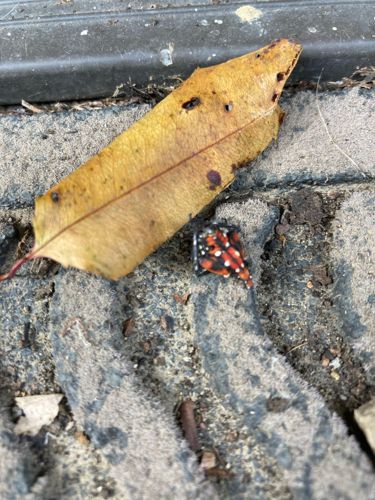Monarch Butterfly (potentially a wing fragment)
Scientific Name: Danaus plexippus
Order & Family: Lepidoptera (Order), Nymphalidae (Family)
Size: 3.5 to 4 inches (9 to 10 cm) wingspan for adults

Natural Habitat
Widely distributed across North and South America, found in open fields, meadows, gardens, and along roadsides, especially where milkweed (their host plant) is present.
Diet & Feeding
Adult monarchs feed on nectar from a variety of flowers. Larvae (caterpillars) feed exclusively on milkweed leaves.
Behavior Patterns
Monarch butterflies are famous for their annual long-distance migration, traveling thousands of miles from breeding grounds in the US and Canada to overwintering sites in Mexico and California. They exhibit a distinct flight pattern and are known for their aposematic (warning) coloration, signaling toxicity to predators due to compounds ingested from milkweed during their larval stage.
Risks & Benefits
Monarchs are significant pollinators, benefiting ecosystems and agriculture. Their populations have faced decline due to habitat loss (especially milkweed), pesticide use, and climate change, making their conservation a benefit. There are no direct risks to humans.
Identified on: 10/19/2025